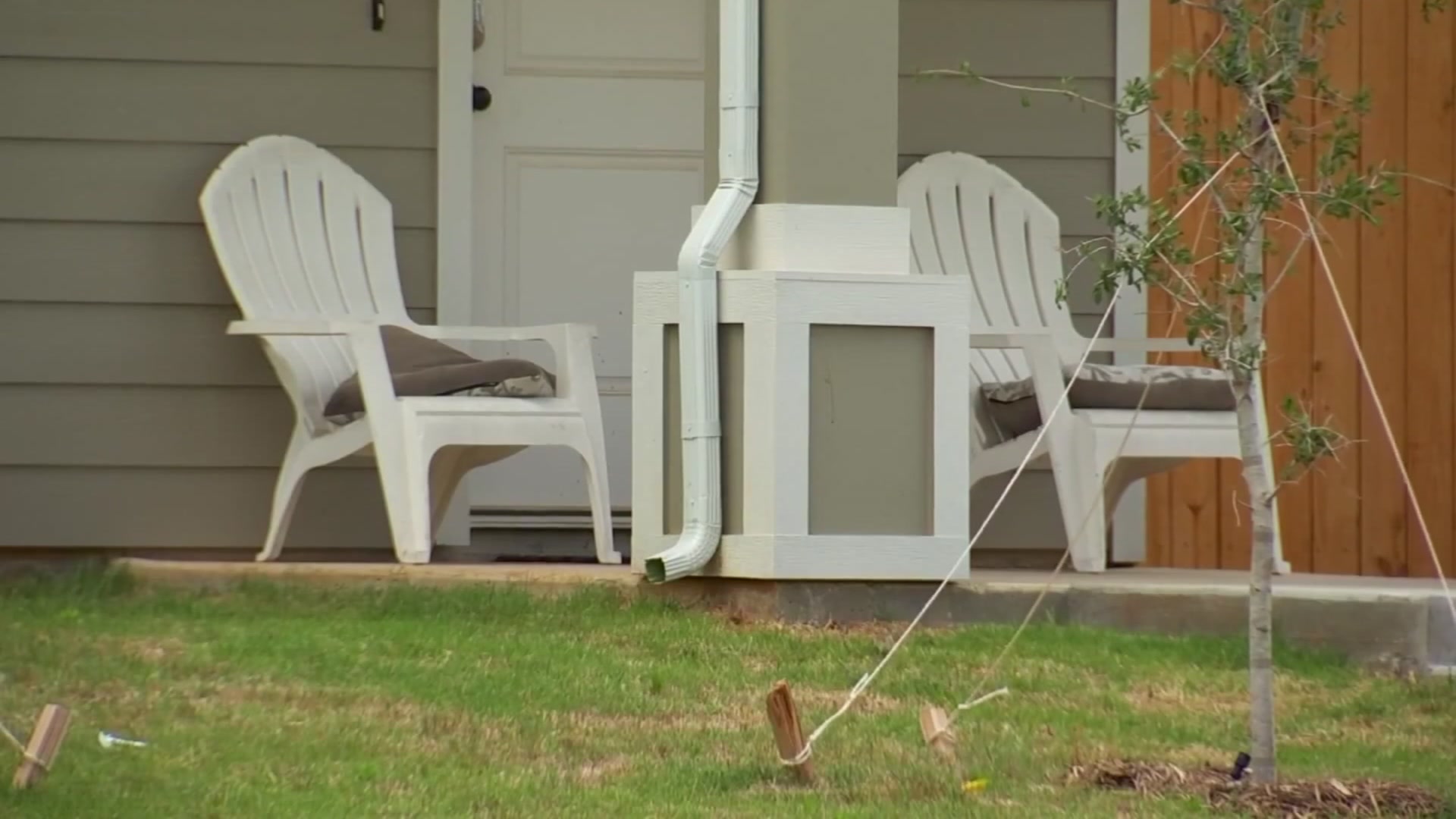Texas Christian University's new medical school building features unique technology for the next generation of physicians-- some of it, you can't find anywhere else in the Lone Star State.
The new Anne Burnett Marion School of Medicine at TCU sits in the heart of Fort Worth's Medical Innovation District and will celebrate its dedication on Tuesday.
NBC 5 got an exclusive sneak peek.
The most intriguing details come on the third floor, also known as the Superfloor.
Get top local stories in DFW delivered to you every morning. Sign up for NBC DFW's News Headlines newsletter.
It's where students, who started classes there in June, take their noses out of books and, instead, stick their faces into holograms.
The simulations use Microsoft HoloLens technology, combined with Case Western Reserve University's HoloAnatomy software.
"The three-dimensional relationships, the structures, you know, truly how the anatomy interacts within itself and with other parts of the body," said Adam Jennings, executive director of Simulation, Innovation, and Research at the school.
Local
The latest news from around North Texas.
Jennings said most of his medical education revolved around sitting in lecture halls and watching PowerPoint presentations.
"But we couldn't see it. There was no tangible to it. With augmented reality and with a HoloLens, it's as if you're getting to actually experience the anatomy as opposed to just a PowerPoint and someone trying to guide you through it," he said.
The Superfloor's simulation and technology lab also allows students to call the shots in mock medical rooms, standing over mannequins equipped with artificial intelligence-- that blink, look around, and show emotions.
There's also interaction with real humans in the clinical skills lab, where students assess patients who are paid actors.
"Rotating through the hospitals can definitely be a very nervous experience," said second-year student Ashley Kenney.
But her medical room was staged and monitored-- her patient explaining symptoms of dizziness while Kenney asked questions and performed exams while her professor watched from outside the room.
"I think what you did was really good. There are a few other questions that we might add next time," said Dr. Sandra Esparza, assistant dean of the clinical curriculum.
TCU President Daniel Pullin said the building itself and its technology weren't the only investments, but the location, too.
"Not only is it state of the art and allows us to deliver one of the most innovative curriculums at any medical school across the country, but it’s also a new area of the community for TCU to operate in," he said.
He said the new school is expected to bring in nearly $400 million to North Texas this year.
But Pullin said all those components are stitched together by one basic principle.
"One of the most important things that we impart on our students is the notion of being an empathetic scholar:
Putting themselves in the position of the patient and their families, and really providing care that's patient-centered and is very humane," he said.
That's why patient communication is taught all four years.
"It's not just another case or another appointment during the day, it's a life that our students can invest in and change in a positive way," Pullin said.
Whether her nose is in a book, or her face in a hologram, that's what Kenney hopes to leave with most.
“I was really inspired to become a doctor after several experiences as a child, watching my family members go through really tough experiences on their own. I wanted to be able to learn how to be an advocate, not just for them, but for the patients that I have, too," she said.



